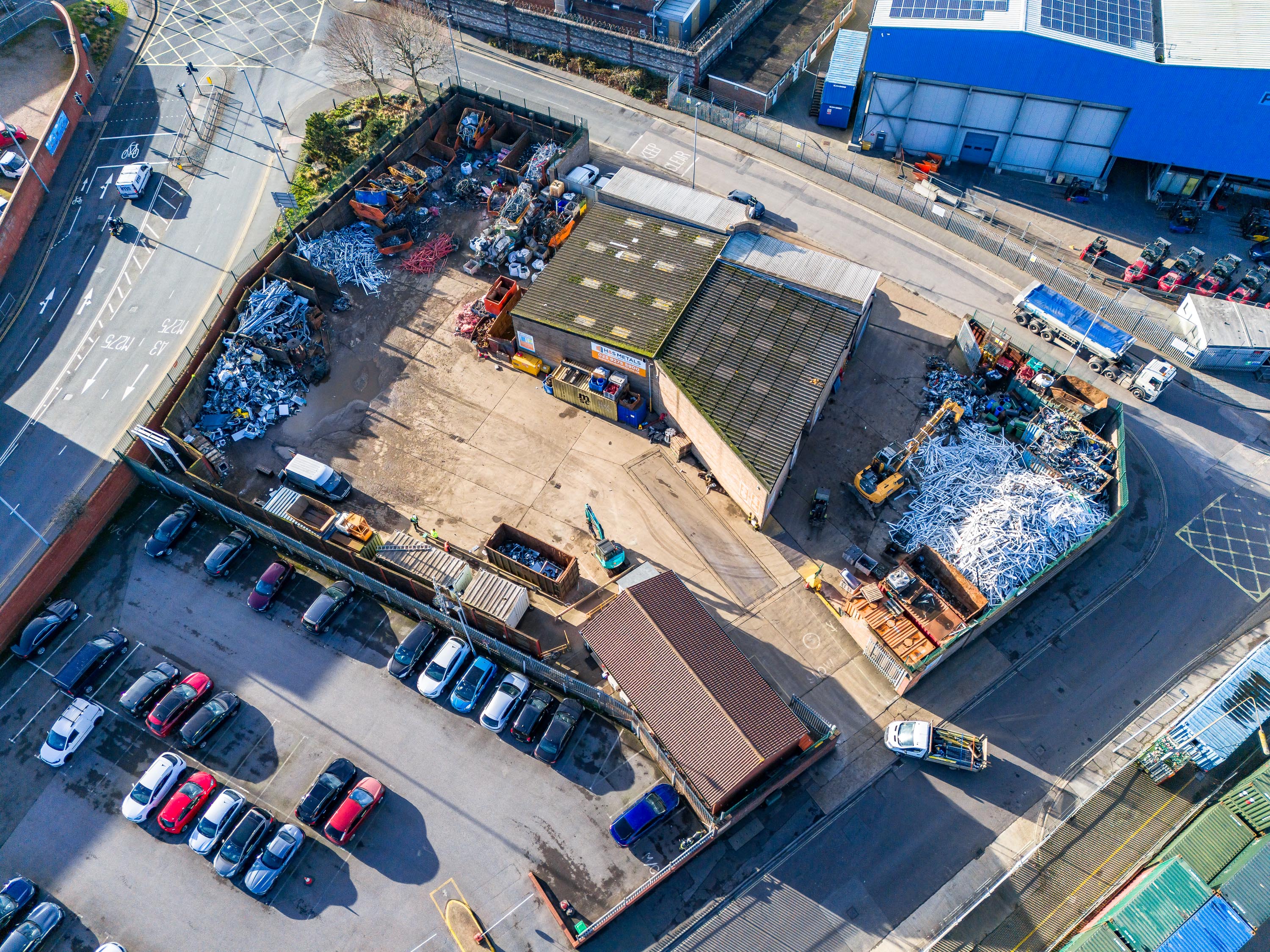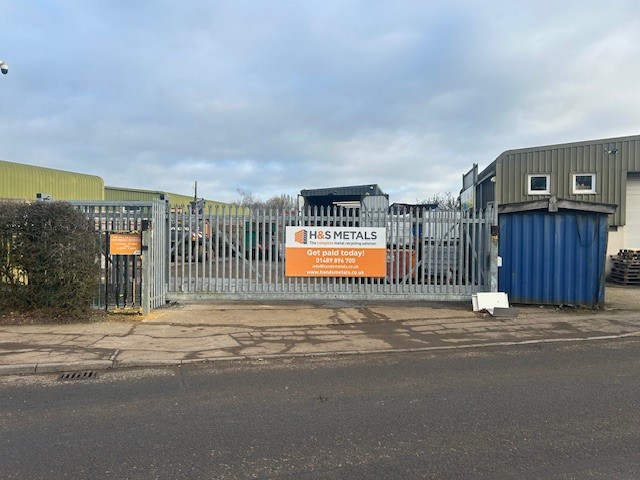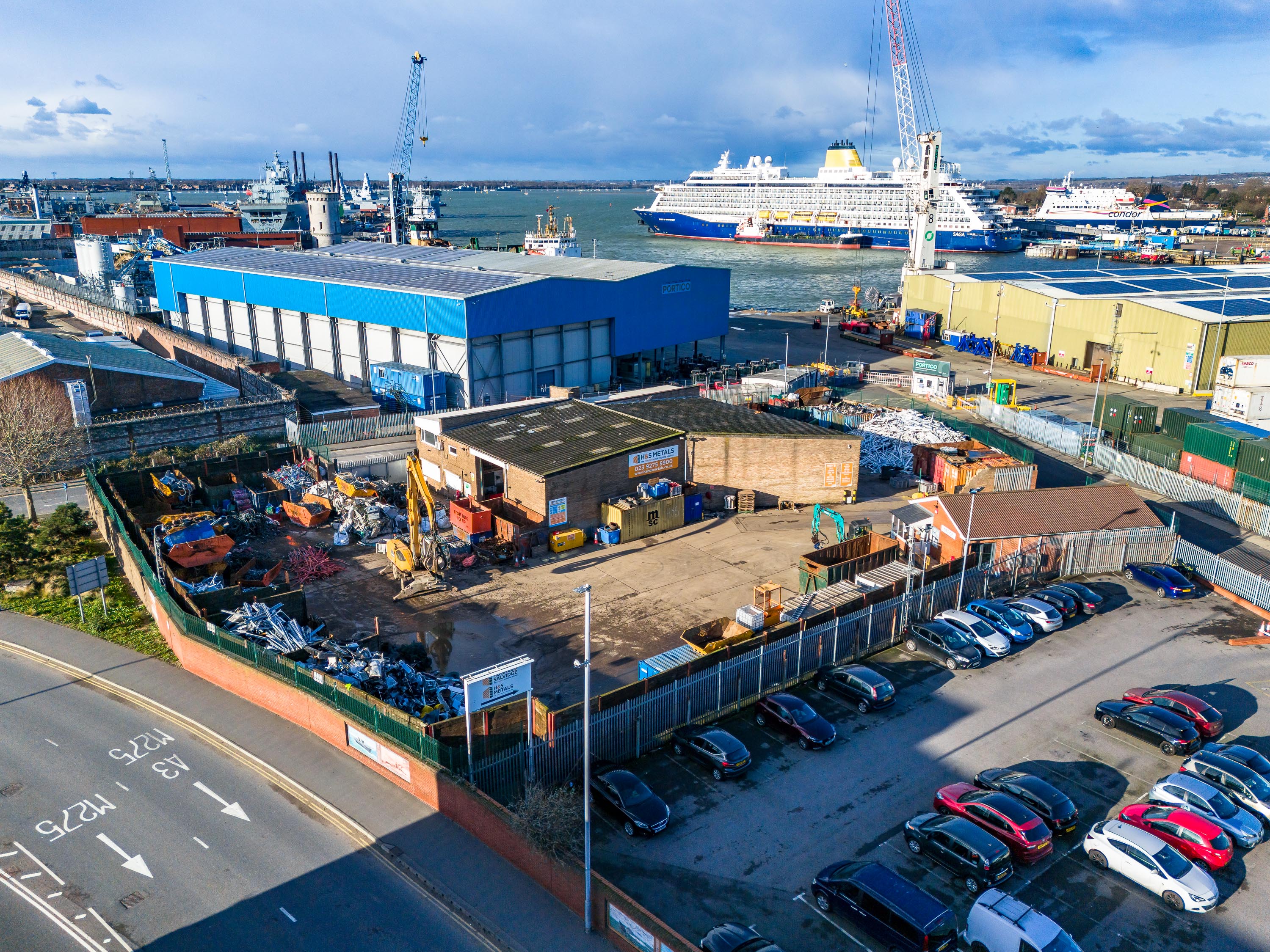Metal and UPVC Recycling A Step-by-Step Process
24th September 2024
Scrap Metal Collection - Metal Recycling - uPVC Recycling
Recycling plays a crucial role in managing waste and conserving resources, and the recycling of metals and UPVC is a prime example of this process. Metals and UPVC are common materials in various products, from household items to industrial components. By recycling these materials, we can significantly reduce the environmental impact of waste, conserve natural resources, and promote sustainability. The process of recycling involves several stages, each employing specialised technology and machinery to transform used materials into valuable new products. This guide provides an overview of the step-by-step process of recycling metals and UPVC, highlighting the technologies and machinery that facilitate this essential practice.
Collection
The recycling process begins with the collection of metal and UPVC materials. These items are gathered from various sources, including households, businesses, and industrial sites. Specialised bins and skip services often facilitate this initial step.
Sorting
Once collected, the materials are transported to recycling facilities where sorting takes place. Here, advanced machinery and manual labor separate metals from UPVC. In the sorting phase, metal items are divided into categories such as aluminum, copper, and steel, while UPVC is sorted from other plastics.

Shredding
After sorting, both metal and UPVC materials undergo shredding. Shredders break the items into smaller pieces, making them easier to process. For metals, large hydraulic or mechanical shredders reduce the material into manageable fragments. For UPVC, high-speed granulators handle the cutting.
Cleaning
The next crucial step is cleaning. Metals are washed to remove contaminants like oil, dirt, and labels. This cleaning ensures that the final product is of high quality. For UPVC, the cleaning process involves washing with detergents and sometimes a series of rinses to eliminate impurities.
Separation
Following cleaning, advanced separation technologies come into play. For metals, magnetic separators and eddy current separators are used to further refine the materials. These devices differentiate between ferrous (magnetic) and non-ferrous (non-magnetic) metals. In the case of UPVC, air classifiers and flotation tanks are employed to separate plastic types and remove any remaining contaminants.
Melting and Reforming (Metals)
Once separated, metal fragments are melted down in high-temperature furnaces. The molten metal is then poured into molds to create ingots or billets. These can be repurposed into new metal products, such as cans, construction materials, or automotive parts.
Extrusion and Pelletizing (UPVC)
For UPVC, the material is first melted in an extruder. The molten plastic is then forced through molds to create pellets. These pellets can be used as raw material for producing new UPVC products like pipes, window frames, or flooring.

Quality Control
Before repurposing, both metal and UPVC materials undergo quality control checks. This ensures that the recycled products meet industry standards and are free from impurities. Inspectors may conduct tests on the material's physical properties, such as strength and durability.
Manufacturing New Products
Finally, the recycled metals and UPVC materials are ready for manufacturing into new products. Metal ingots or billets are used by various industries to create components and structures. UPVC pellets are melted and molded into new items, contributing to the circular economy by reducing the need for virgin materials.
Technology and Machinery Involved
- Shredders: Break down large items into smaller, manageable pieces.
- Magnets and Eddy Current Separators: Sort metals based on magnetic properties and conductivity.
- Granulators: Cut UPVC into small granules or flakes.
- Extruders: Melt UPVC and form it into pellets.
- Furnaces: Melt metals at high temperatures for casting.
- Air Classifiers and Flotation Tanks: Separate different types of plastics based on density and other characteristics.
- Quality Control Equipment: Measures the quality of the recycled materials to ensure they meet standards.
- This systematic approach not only enhances recycling efficiency but also ensures that valuable resources are effectively repurposed, contributing to environmental sustainability.
Metal recycling yards play a crucial role in the circular economy by facilitating the recycling and reuse of metals, which conserves natural resources, reduces energy consumption, and minimises environmental impact. It’s one of best things about working with H&S Metals, in the knowledge that a sustainable world is of paramount importance to our staff and wider businesses.

If you’re based along the south coast, come to H&S Metals to make money from your scrap metal. We have yards in both Portsmouth and Bishops Waltham. We are registered waste carriers, and offer a scrap metal collection service to domestic, commercial and construction customers, offering free, same day payments for our customers. Find out more about how we recycle metal, and which metals we offer to buy here.



